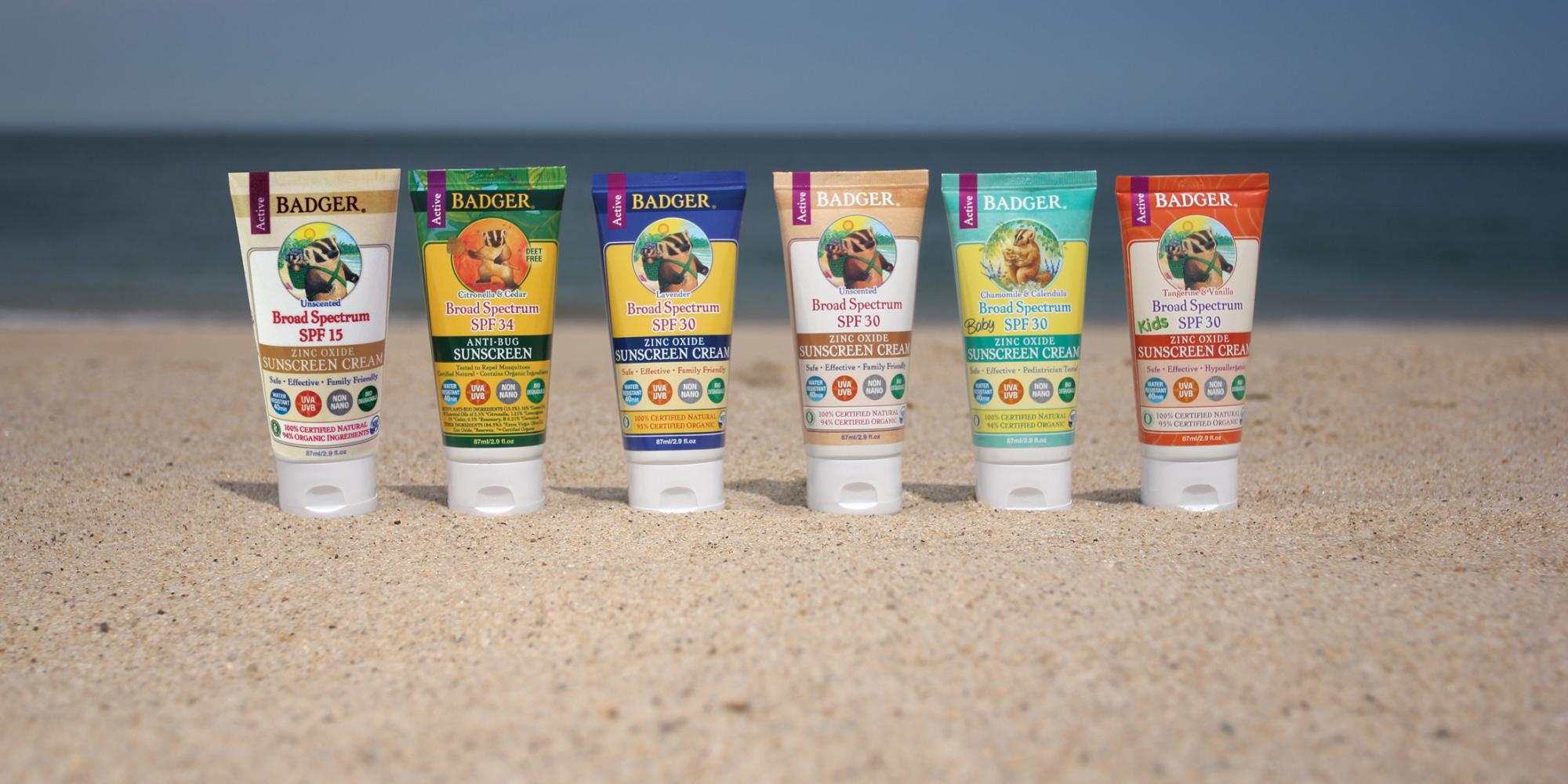
“A Vehicle For Impact”: How Badger Became A Natural Products Mainstay Without Selling Out
For many beauty entrepreneurs, selling their brand to a huge company spells success. For W.S. Badger Co. Inc. founder and former CEO Bill Whyte and his daughters, Emily Schwerin-Whyte and Rebecca Hamilton, who recently assumed co-CEO posts, the opposite is true. “The business is not a vehicle for profit. It is a vehicle for impact,” says Hamilton. “We see the greatest impact coming from us continuing to run the business.” Gilsum, N.H.-based Badger’s impact stretches from sustainable agriculture to workplace health, and Hamilton and Schwerin-Whyte aspire to intensify it under their stewardship. Beauty Independent talked to them about Badger’s roots, distribution milestones, products, sales, expansion and plans for the future.
How did Badger start?
Schwerin-Whyte: Our dad was a carpenter and, for most of our early lives, that was his career. Around when I was going into high school – Rebecca would have been middle school – he had an idea to make a product that would heal hands that were chapped and cracked from working outside during the winter as a carpenter. He’s always had ideas. We didn’t necessarily know that this particular idea would turn into anything. He mixed up the first batch and moved forward with this product idea in the fall of ’95, and started making the product in our home and selling it while he was also still working as a carpenter. That was the very beginning of Badger.
For the next year, he continued to be both a carpenter, and sell, market and produce Badger Balm. We started being involved even in that early stage with packing up boxes at the dining room table. Over the years, we have each had areas where we got involved. We had a connection to the business straight through our high school years and through college, and we’ve been full time for over 10 years now. Rebecca primarily works in product development, and I have primarily worked on the customer service, sales and marketing side.
Hamilton: Our dad is what you’d call a serial entrepreneur. Before having his contracting business, which was called Whyte Light Builders. He focused on nontoxic houses in the early 80s and 90s for people who had allergies. Our parents had the Magic Lantern movie theater while he was a massage therapist for a time. He was also a photographer for a while. While he was starting Badger, he had two other business ideas: King Kong’s Ping Pong Emporium, which would be an activity place for young adults, and a kennel corn business. He certainly had lots of ideas, and he wasn’t thinking, “The natural products industry is a growing industry, and let’s do a business taking advantage of potential growth.” He thought, “These are things I want or need, and how can I turn them into a business to support my family?” The reason Badger is what it is today is that we’re a mission-driven family, and our values were brought into the business.
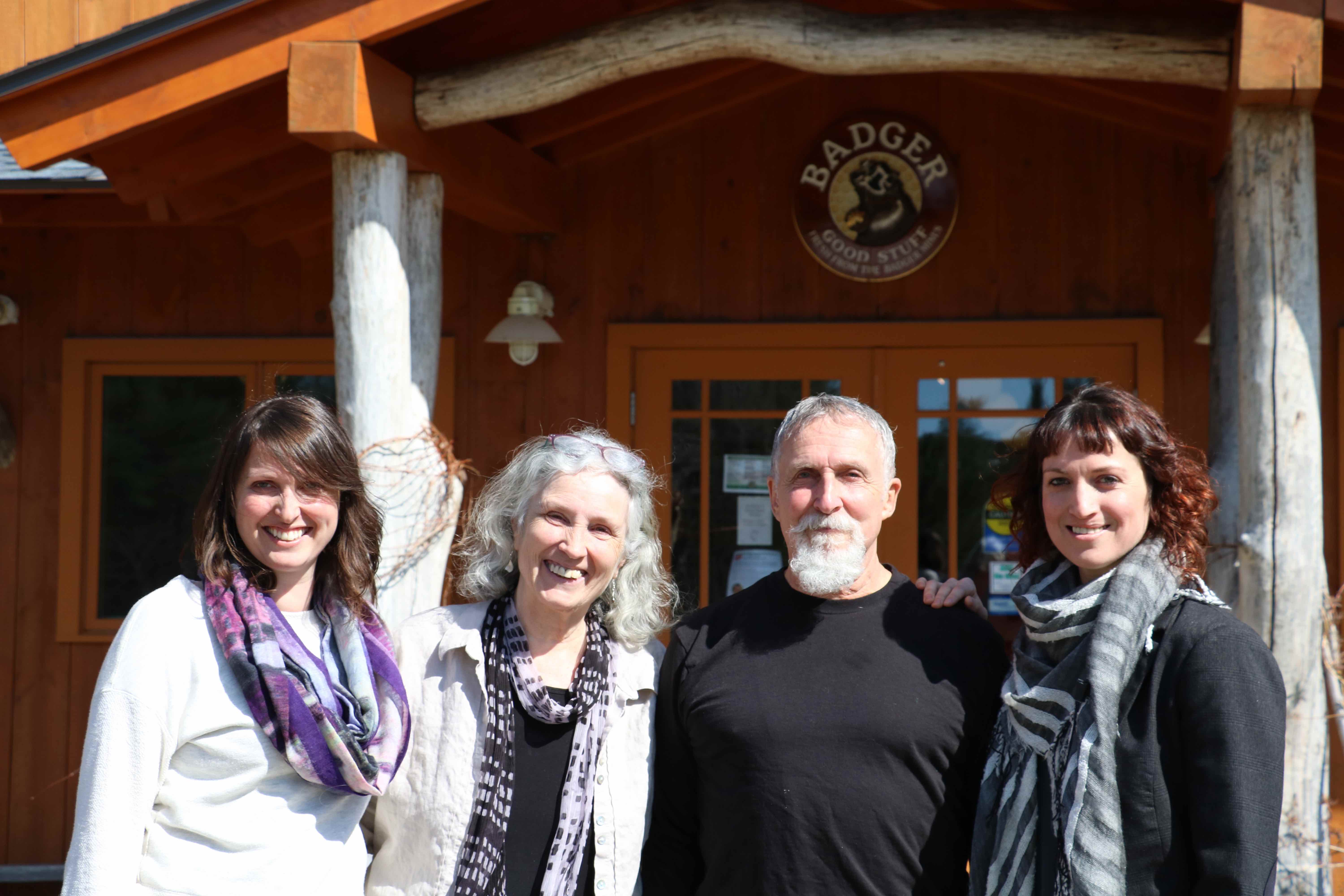
When did your dad’s idea become a real business?
Hamilton: Once our father gets an idea, he will run with it until he can’t run with it anymore. He was inspired by this idea, and he spent $500 to buy a vat. At the time, we had very little money, so it was a big investment, and it sat in our kitchen. Our mother [Katie Schwerin, COO of Badger] said he had to do something about it, and it couldn’t just sit in the kitchen. That was the push to create the business.
Schwerin-Whyte: In the first year, he was doing the Badger Balm business and also being a carpenter, but he realized he was doing two things poorly. He looked at the math and realized he could make a living out of the Badger Balm business and wanted to really give it a try. He stopped being a carpenter and focused his energy on making Badger work.
Hamilton: There are a lot of companies in the world making balm. It’s not very complicated to make. We are often asked, “Why did Badger take off?” I think one of the big deciding factors were things that were done early on. When our father was thinking about packaging and branding, our mother asked, “What do you want the product to look like in 10 years?” So, he thought about what the product should look like in 10 years when Badger was an established company. He wanted beautifully painted tins with a wooden display box. The minimum was 5,000 tins, and that was astronomical at the beginning, but he made the decision to get those tins and make display boxes out of wood. When he started to sell them at stores, the business looked like a much bigger business than it was. It didn’t look like a homemade product made in our kitchen.
What were key distribution milestones at the beginning?
Schwerin-Whyte: Our dad thought he would sell the product at hardware stores. He was a carpenter and thought carpenters would need it, but he soon realized he could sell it at natural food stores and gardening stores, the sorts of stores where people with hardworking hands would go. There was a store-by-store approach that added up slowly. Selling into Whole Foods was a big milestone within the first five years of the business. When you opened an account like that, it felt like a big deal. Whole Foods is a big part of our business today, and it helped us get on the map. Also, early on, we were selling into the gift industry, and we sold to Cracker Barrel.
What did Badger do to scale up?
Schwerin-Whyte: We have tried hard not to significantly change our business for a single account in a way that couldn’t be changed back. We know that customers come and go. Whole Foods and Cracker Barrel are still accounts, but most stores right now don’t have that brand commitment. Early on, I remember a retailer ordered gift boxes with two tins in them, and there were boxing parties all around town. It was an all-hands-on-deck experience. Now, we have a structure that allows us to adjust our workforce based on workload. We have a group of seasonal and variable-hour employees who we can schedule based on demand, and that helps us ramp up and ramp down in a way that’s responsible and allows us to take on new accounts.
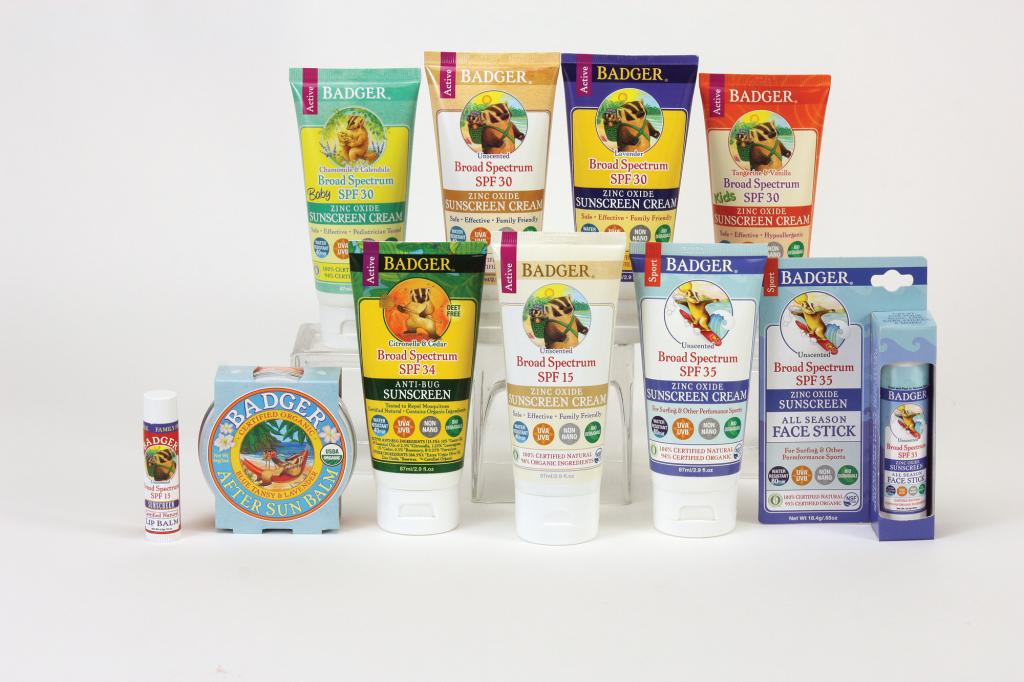
What’s distribution like today?
Schwerin-Whyte: The majority of our business is still in the U.S., but we sell worldwide. About 10% to 15% of our business is international. We have distributors in the U.K., Australia, Japan and South Africa. In the U.S., half our business is in natural foods and half our business is in specialty retail, everything from Cracker Barrel to big web retailers to small gift shops and garden stores. About 4% of our business is through our website. Within the U.S., we primarily sell directly to stores. We prefer not to work through distributors.
Where are distribution growth opportunities?
Schwerin-Whyte: If you look at where natural products are growing, they’re growing pretty significantly outside of the natural foods category. They are growing in conventional groceries, and places like Walmart and Target. We are behind that curve intentionally. We have chosen to grow within the natural products market, but I think we are at the stage now of starting to grow in some conventional places. We started selling some products to Target last year. We asked to be in fewer products to start with. We wanted to make sure it was a fit, and they felt good about our brand and products, and how they sold before we went into larger distribution.
What’s your take on Amazon?
Schwerin-Whyte: Amazon is something that can’t be avoided at this point. I don’t know one brand or company that’s going to be able to control it as a market force. It’s really about choosing how you want to interact with it. We are not selling directly on Amazon ourselves. We work with a partner that’s our primary partner on Amazon. By working with one partner, it allows us to do more marketing, and have the correct images and descriptions. We aren’t interested in Amazon being a discount shop or a place where customers are charged more than suggested retail. We are trying to make it a place where people can get good, fresh product with correct product information at a price that doesn’t unreasonably compete with brick-and-mortar stores.
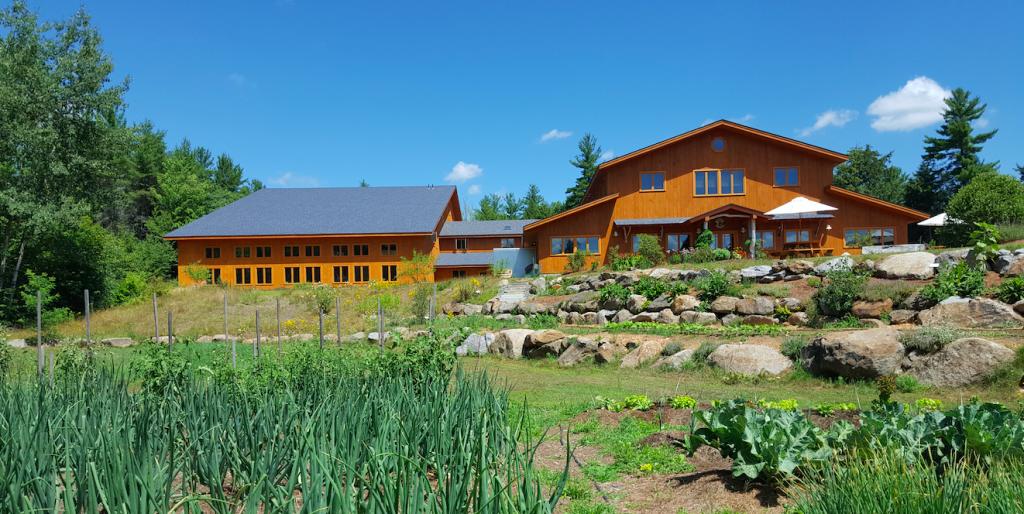
How many products does the brand have currently?
Hamilton: A little over 100 SKUs. A lot of people refer to us as Badger Balm because that was our original product, and we are known as a balm company, but, in terms of sales, we are really a sunscreen company in many ways. Our sunscreen has led us to the growth we’ve seen in recent years and established us as a real leader in the industry. The sunscreen we started with is like balm. It’s a waterless sunscreen with only five ingredients. It makes us unique because it’s so simple, and it’s been for years now the number-one sunscreen in the natural market. People can look at it and understand every ingredient in it. A lot people are afraid of sunscreens. They can be confusing, and there’s so much concern around them.
Hamilton: Up until around 2005, we were solidly a balm company. Our products have come from a need. So, the Sore Muscle Rub came from our father practicing Aikido and having sore muscles. The product originally called the Evolving Body Balm, which is now our Beauty Balm, was created because my mother wanted a product for her changing and evolving body. For our sunscreen, there was a woman in shipping diagnosed with skin cancer. She had purchased regular chemical sunscreen, and our father saw her using it. The initial studies around oxybenzone had come out, and he was worried about her using it. He wanted to create a product that would be the safest, most effective product out there. Back then, if you looked at the market research, it showed people were looking for inexpensive sunscreens in large family sizes that were easy to apply. We came out with a sunscreen that was small, expensive, hard to apply and whitening. It was one of the early zinc oxide sunscreens.
The sunscreen industry had gone away from mineral sunscreens because they were so whitening, and we came into the picture with a mineral sunscreen. When we released it in 2005, we didn’t sell a lot. But, the summer of 2006, the Environmental Working Group released their very first sunscreen guide that showed one in four sunscreens didn’t provide adequate sun protection, and Badger was listed number-one out of 750 for safety and efficacy. We sold out of a year supply in a week. What happened was that we went against the way that sunscreen was going at the time, and we were ahead of the curve on a nationwide shift that’s now a worldwide shift.
What are Badger’s revenues, and how fast has it been growing?
Schwerin-Whyte: We are about $15 million at this point. Most years, the growth is around 10%. One year, connected to a sunscreen article, we experienced 40% growth. That’s not common. Within 5% to 10% is normal, and what we would aim for to grow gracefully instead of having to do a major ramp-up.
Badger manufactures primarily in-house, right?
Hamilton: We’ve always seen ourselves as a manufacturer. We manufacture almost every single one of our products here. There are a few products that we are still transitioning, but, in the next year or so, everything will be transitioned here. I have known companies that have grown quite large and still hand-fill their product because they didn’t want to take that investment leap. We look at what is the right way to manufacture, and we make the investment to do it right. That leads to improved processing, and better margins and facilities.
From a manufacturing standpoint, we have a philosophy that people run machines rather than machines running people. We want to have a healthy working environment in operations and production that’s conducive to a career. When we look at manufacturing, we look at sound level, lighting, the quality of the machine and how much hand labor there is. We don’t want people getting carpal tunnel. If you have that philosophical background, it allows you to make improvements in machinery in a way that’s helpful and efficient. Most of our machinery is custom-built. We work with engineers to build the machinery to meet our specs. Once you have machinery built, that opens up opportunity from a product-development standpoint.
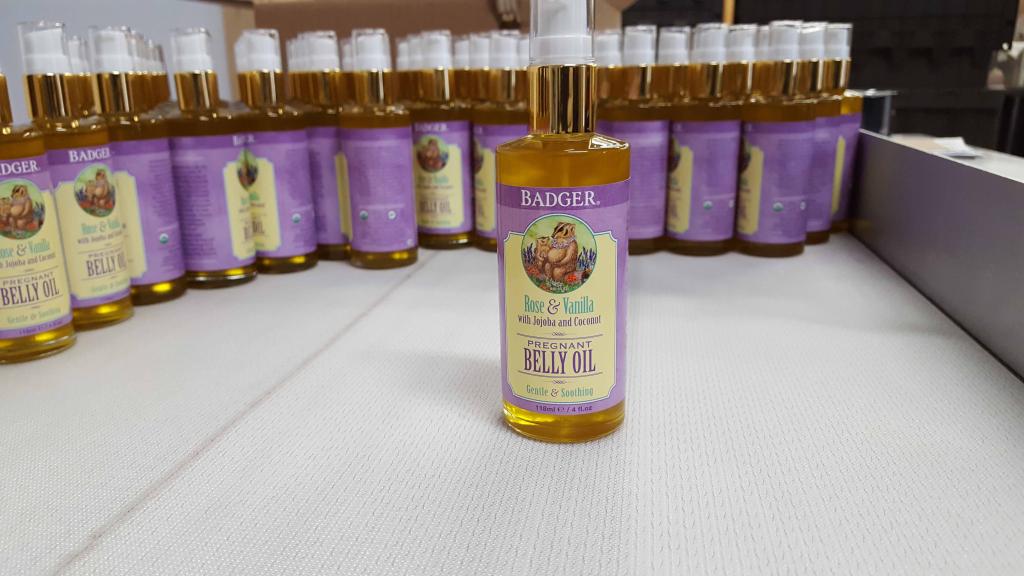
When it comes to creating a strong, healthy workplace, what’s been a difficult decision for Badger?
Schwerin-Whyte: Many of the decisions we’ve made were somewhat difficult. The one that’s on our mind right now is health insurance. The cost of health insurance over the last four years for our business has been doubling, and the portion individuals contribute has been increasing as well. We’ve really struggled with it because we have the competing challenge of trying to manage our budget and keep things affordable, and provide a safety net our employees really need. We have spent time over the last month looking at every option. It feels important that we give employees the best option while being able to support our business, but it’s frustrating that we are being put in this position. Health insurance is such a problem, and it’s not just a problem for people who are depending on the Affordable Care Act. We have managed to come up with an option that we feel is the best option, but it means our company will take on more risk and more expense to protect employees.
How important is it to you that Badger is a Certified B Corp?
Hamilton: We became a Certified B Corp at around the time we were transitioning from our initial collection of buildings to a new facility and beginning rapid growth. We wanted to take the B Corp impact assessment. In order to become a B Corp, you have to do a pretty extensive impact assessment. We were growing rapidly as a business, but we didn’t want to lose the community feel we had, and we wanted to make sure that, as we grew, we strengthened the mission. We looked at the impact assessment as a tool to help us. Once we realized we hit a high enough percentage on the impact assessment, we decided to become a B Corp. It wasn’t until we were actually engaging with the larger B Corp community that we realized just how valuable it was. It wasn’t just a certification that would differentiate us from other businesses, it was a tool that would help us work with like-minded businesses fighting to create a new sector of the economy with businesses that are a force for good.
We assume there’s interest from investors and strategic buyers in Badger. What’s your response to them?
Hamilton: We get investors and people interested in buying the company approaching us all the time. We have never actually entertained them far enough to talk about what that would look like because it’s not on our radar. There’s no point in exploring any of it.
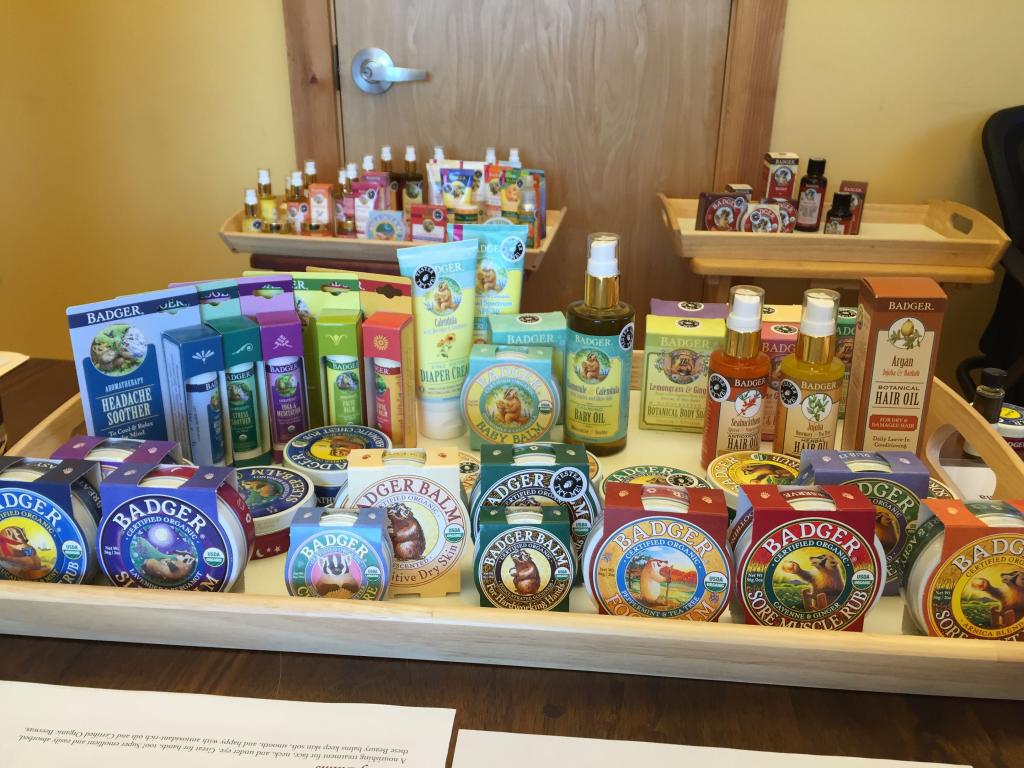
Why has it been so important to hold onto the company?
Schwerin-Whyte: We have such a deep connection to doing things in alignment with our mission and our vision for the company. We know that can’t happen if somebody else is making the decisions. We have seen some really wonderful companies sell in such a way that they are still living out their mission, but that’s rare. As long as we as individuals are here and have the ability to run the business, we want to continue doing all the good things we believe in. We just don’t think we can do that if we sell to somebody else.
At what point did succession start being considered?
Hamilton: About 10 years ago. Emily worked at the company straight out of college, left for a few years and came back. I came back around the same time she came back the second time. At that time, our parents were both involved in the company. They said, “We are looking to create a plan to transition the company, and we need you both to be here to learn the ins and outs of the company to make that transition.” It’s been a gradual process where we have taken on aspects of leadership. When our father stepped down as CEO this summer, it was more symbolic than anything because we have been transitioning for a long time, and we had taken on many aspects of leadership.
How is your leadership style different from your father’s?
Schwerin-Whyte: We each have different ideas about how to do things. We are very aligned around the mission and our principles, and that makes things easy, but we also have really different approaches and priorities. We were recently meeting as a family to talk about our vision for our sustainable and social mission, and it’s fascinating to see the different approaches. Our dad continues to be big picture. It’s not as grounded in the operational elements. Because Rebecca and I work in the day-to-day, we tend to have a more operational path for how we think about where we want to go as a company. One of our challenges is: How do we not lose sight of the inspiration and excitement that comes with thinking big and not being tied down by operational considerations while still having the benefit of decision-making with operational considerations?
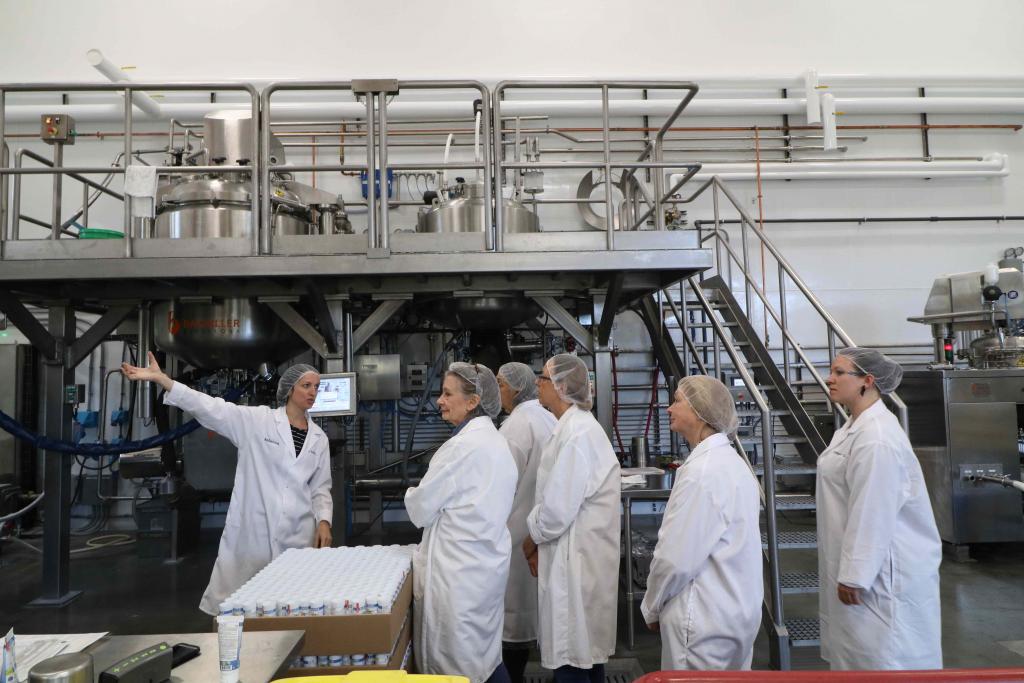
How can you build Badger’s product portfolio to continue to fuel growth?
Hamilton: We certainly can’t ignore sunscreen when we think about new product development. The more expertise we gain in that category, the more duty we feel to create products people need. The other category we feel we can do really well in is face care. Face care as a category has so many prestige price points, but we are able to create products that meet our standards and are accessible. Sunscreen is an over-the-counter drug, and we would like to do other over-the-counter products that are natural. We might do natural first-aid products.
What’s a long-term goal for Badger?
Schwerin-Whyte: We have a vision of having farms ourselves. We are really excited about deepening our connection to sourcing. I think we tend to be a little bit more visionary than opportunistic. We are not as much about strategizing and following a plan of action, and more about envisioning what we think is the right thing for the future and, then, aligning our action with our mission and looking for the doors to open to move us forward.


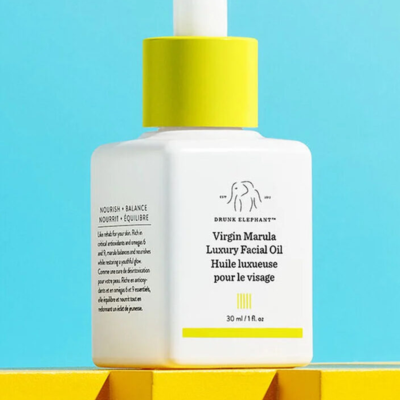


Leave a Reply
You must be logged in to post a comment.